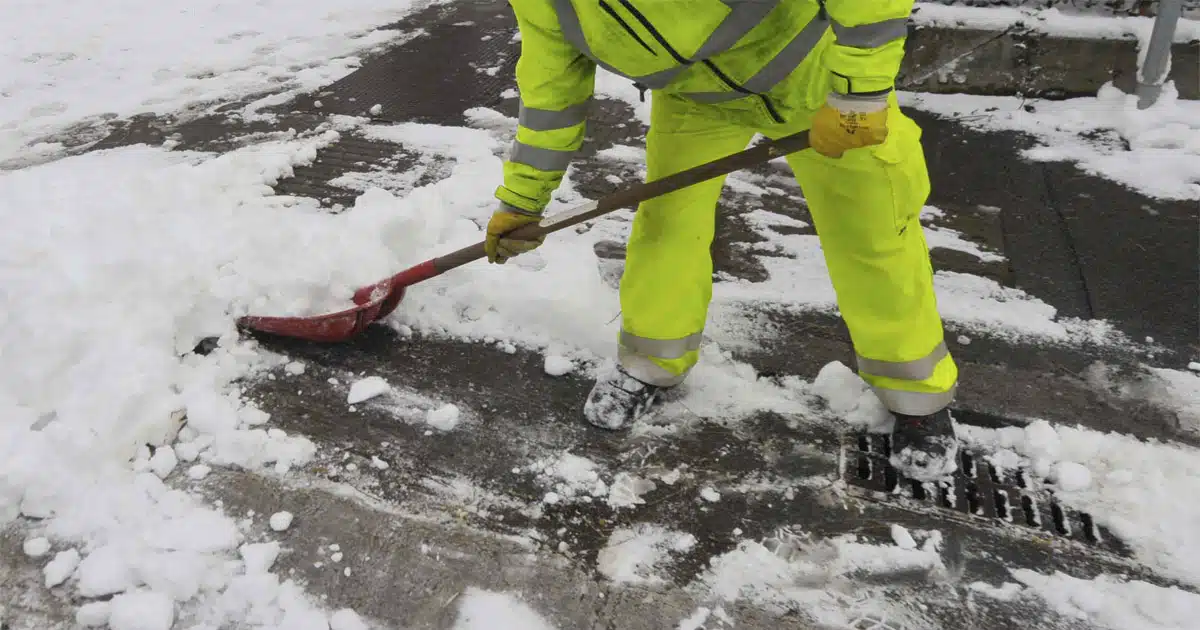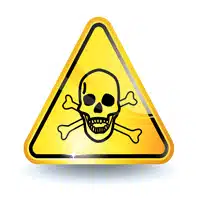For many parts of the country, the winter months can bring unbearably cold temperatures and severe conditions. This can cause cold stress and other related injuries, which can sometimes be fatal, particularly for those that work outdoors. The most vulnerable workers to cold-related illnesses and injuries include those in construction, agriculture, or other trade occupations.
Cold stress, according to the Centers for Disease Control and Prevention (CDC), is possible when low-temperature conditions cause the body to lose heat at a quicker rate than it can produce it. To limit the loss of heat, the body responds with physiological actions, such as shivering or vascular changes, which then lead to cold-related injuries and illnesses. Examples of cold weather-related injuries that you can suffer from work include:
Hypothermia
Hypothermia starts when the body is exposed to cold or wet conditions, causing the body temperature to fall below 96.8 Fahrenheit. Common symptoms of hypothermia include:
- Shivering
- Confusion
- Fatigue
- Disorientation
- Slowed heart rate
- Bluish skin
- Dilated pupils
- Loss of consciousness
- Cardiac dysfunction
Anyone who experiences hypothermia symptoms should seek medical attention immediately. However, there are some first-aid steps you can take to help with the symptoms:
- Handle with care: A person suffering from hypothermia needs to be handled with care. Limit as many movements as possible and do not massage or rub their skin. Excessive movement can trigger cardiac arrest.
- Remove the person from the cold: Move the person from the cold quickly and bring them to a warm and dry location if possible. If not, shield the person from the cold or wind and keep them in a horizontal position.
- Remove wet clothes: Remove any wet clothing, cutting the clothing off if necessary. Cover the person with dry blankets or coats.
- Check their breathing: Check the person’s breathing, which may have stopped or has slowed. If it is low or shallow, begin CPR immediately if you are trained to do so.
- Do not apply direct heat: Use warm, dry compresses, and only apply to the neck, chest, or groin. Applying warm compresses or direct heat on the arms or legs can cause the body temperature to drop further and can be fatal.
Frostbite
Frostbite usually affects the fingers, nose, ears, face, and toes, and is caused by freezing and cold temperatures. Symptoms of frostbite include reduced blood flow to appendages, tingling or numbness, and blue or pale skin. Frostbite can lead to permanently damaged skin and tissue and may lead to amputation if severe enough.
To treat frostbite symptoms:
- Remove the person from the cold and into a warm room immediately.
- Avoid massaging or rubbing frostbitten area; if the feet are frozen, avoid walking. Doing so may increase damage.
- Submerge the frostbitten area in warm water.
- Do not warm the area with direct heat, like fire, stove, or a heat lamp, as this can lead to burning injuries.
Trench Foot
Also known as “immersion,” trench foot occurs when the body suffers prolonged exposure to wet and cold conditions, but is a non-freezing injury, unlike frostbite. It occurs when the body reacts to cold conditions and constricts blood vessels to prevent heat loss. This turns into tissue death and can happen in temperatures as high as 60 degrees Fahrenheit if the feet remain in wet conditions. Trench foot can be very painful but can be prevented and treated.
Symptoms of trench foot include:
- Blisters
- Numbness
- Tingling or itching sensation
- Pain or swelling
- Cold and blotchy skin
- Prickly or heavy feeling in the foot
- Dry or red skin
To prevent trench foot in the workplace, keep your feet dry and clean as much as possible, using clean socks every day. Monitor the foot in case of infection.
Chilblains
A rash-like condition that occurs from cold and wet exposure, chilblains can happen within a few hours. Symptoms of chilblains include pain, swelling, tenderness in the affected area, and redness or darkness of the skin.
Cold-Weather Injuries Unrelated to Exposure
There are many injuries that are caused by winter conditions that are not related to cold stress. Slip and fall injuries in the workplace, which generally occur because of ice, slick and wet areas, or snow, increase during the winter.
Those that drive for a living are also adversely affected by winter. Ice and slushy roads make driving dangerous, accounting for almost 25 percent of all weather-related car accidents. Furthermore, Workers’ Compensation claims for drivers and off-site workers also increase during the winter.
Snow removal workers must be careful when working during the winter, for obvious reasons. Shoveling heavy snow can lead to back injuries, as well as muscle strains, broken bones, and heart-related problems.
Cold Weather Safety Tips for Workers
Fortunately, many injuries that occur during the winter months are almost completely preventable. A few safety tips that workers and employers can keep in mind include:
- When working in cold or freezing temperatures, encourage workers to take frequent breaks in warm and dry areas.
- Wear winter work clothes with layers, including an inner layer that can also absorb moisture.
- Provide items that will protect the body from the cold, including coats, gloves, rubber boots, winter hats, etc.
- For severe cold weather conditions, employers should require workers to wear personal protective clothing and equipment such as anti-exposure work suits, work gloves, winter liners for hard hats, protective sunglasses, face and mouth coverings, and waterproof boots.
- Reading the daily weather report and watching for any severe temperature drops or potential storms.
- Post caution signs near wet or slippery surfaces to warn people walking by about potential hazards.
- Replace mats near entryways frequently and keep them dry as much as possible.
- Monitor your physical condition and the condition of your workers and watch for any cold stress injury symptoms.
- For employers, provide warm liquids for workers and warm areas for them to take breaks in.
Delaware Workers’ Compensation Lawyers at Rhoades & Morrow Protect the Rights of Injured Workers
If you have been injured at work, contact the Delaware Workers’ Compensation lawyers at Rhoades & Morrow immediately. Call us today at 302-427-9500 or fill out our online form to schedule a free consultation. With offices in all three counties of Delaware, we serve clients throughout the state.





